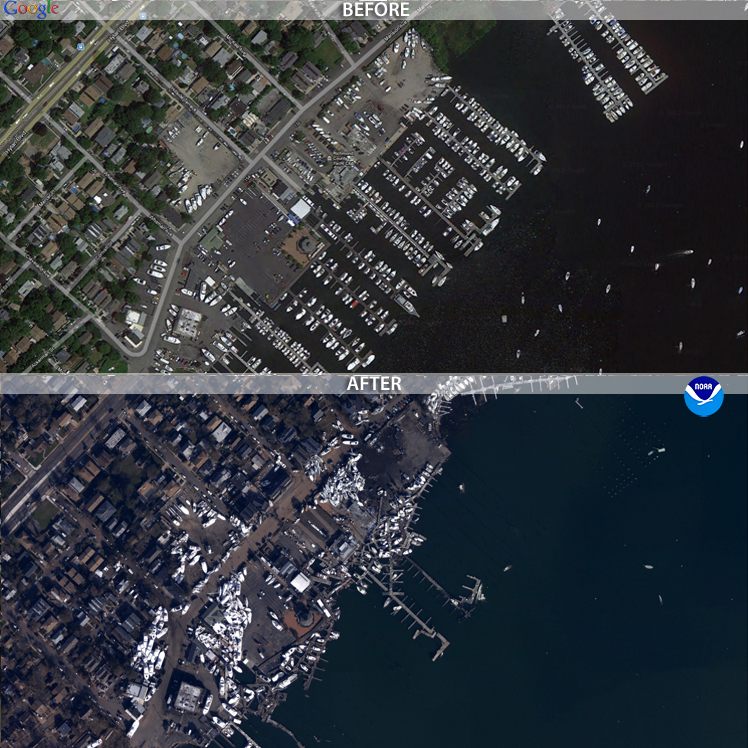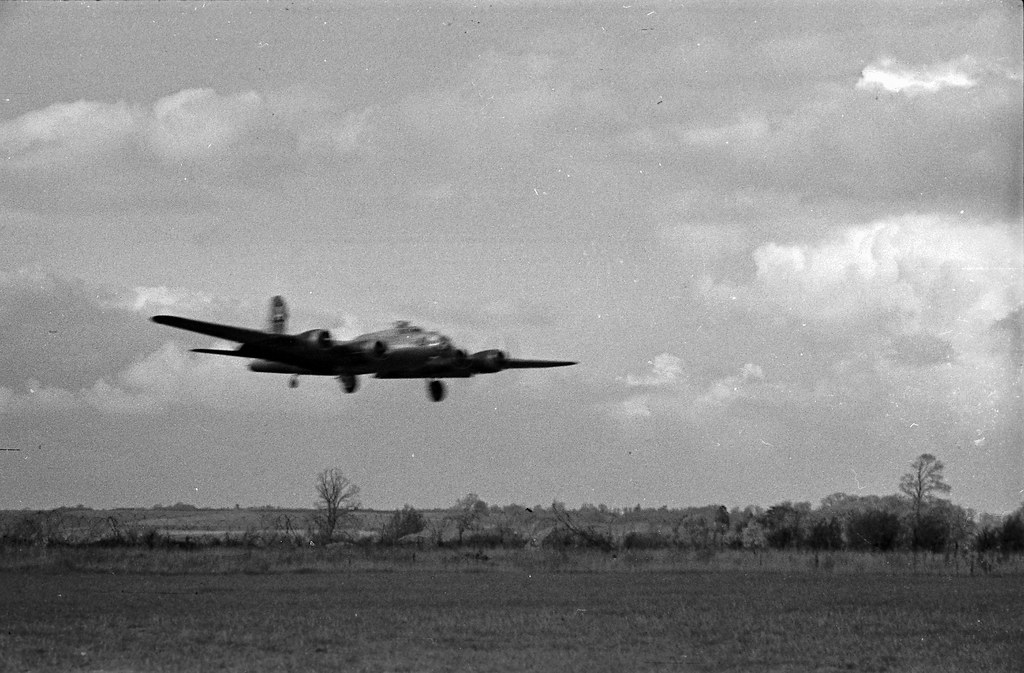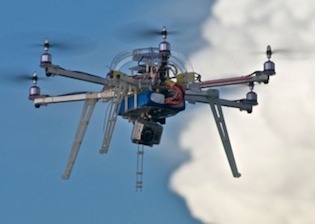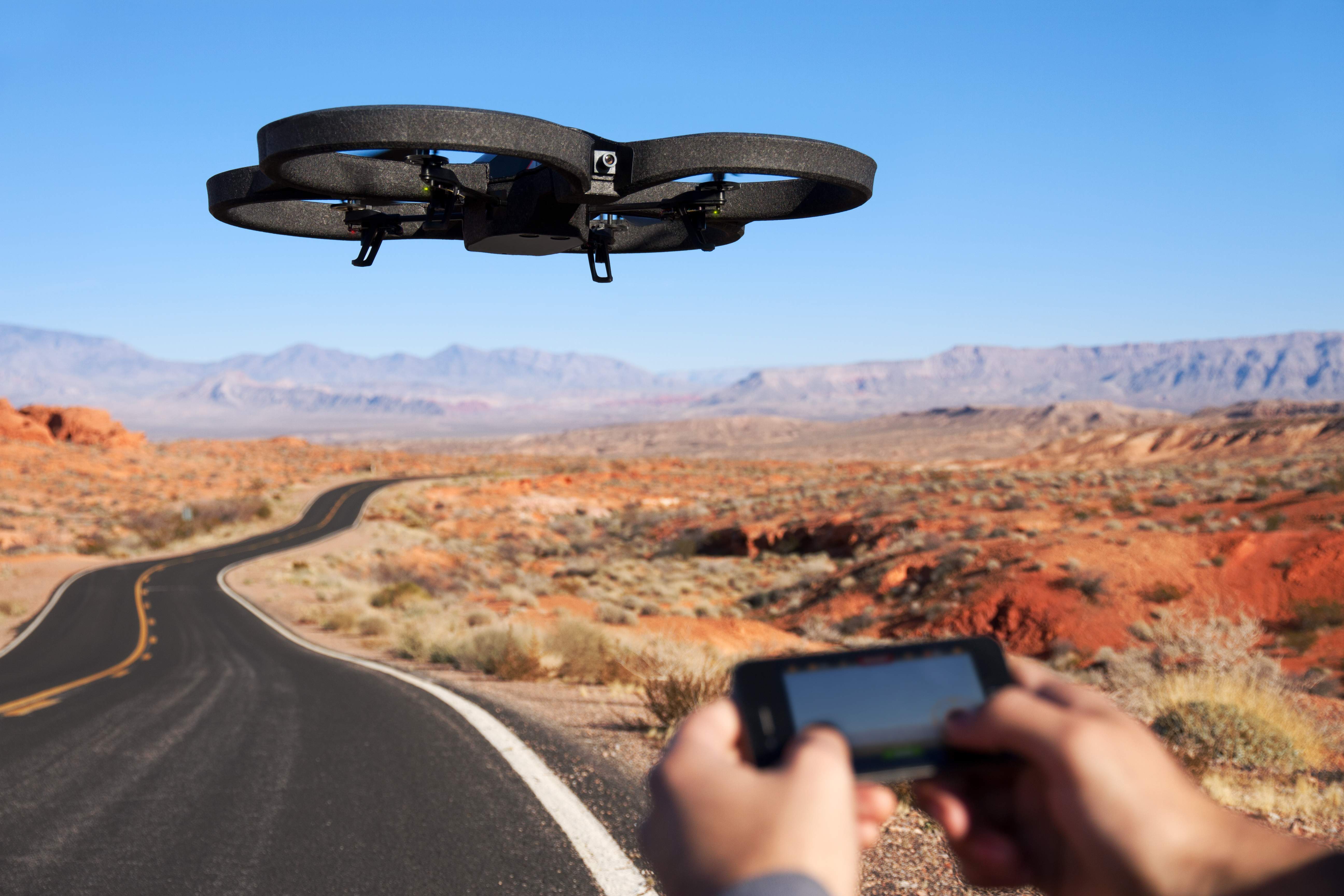 |
| One of the MAV (Micro Aerial Vehicle) test platform that DroneJournalism.org developers are working with. |
Recently, a journalism student from Texas Christian University in Fort Worth emailed me some questions about drone journalism. She was doing research as part of an ethics and law class, and was wanting to know what I believe the future holds for drone journalism and the potential ethical conflicts that might arise from using that technology.
Given the interest many others have had about domestic drones, I thought it would be useful to make that Q&A public. She agreed, and so I've decided to post it here.
Do you think there needs to
be an specific mention of drone use in journalists' codes of ethics?
Would the guidelines differ from the ethical guidelines for a
photographer using a handheld camera?
While existing codes of ethics have proven helpful, blind
spots come up when we introduce disruptive technology, or have a
communication revolution. I think drone journalism is one of those
innovations that forces journalists to take stock of their traditional
ethical responsibilities and make some revisions or additions.
We’re trying to establish what those new ethical responsibilities
are at DroneJournalism.org and the Professional Society of Drone
Journalists. The most frequent ethical concern I hear about involves
privacy. Can you ethically allow a drone to film a private person on
private property? (Generally, no, you cannot) But there’s more to these
drones than just that.
For example, the force needed to keep camera gear, radios and
batteries aloft is not insignificant. The rigs we are experimenting with
could easily injure a person. If a quadcopter is hovering above
someone’s head at 300 feet and suddenly loses power, the results could
be disastrous. So a big part of our ethics code is safety. Am I capable
of controlling it? Is it safe to operate under these conditions? Am I
prepared to take action when something goes wrong? The ethics of safety
will trump the value of the story every time.
Something else to consider is that drone technology right now is not
as advanced as some would fear it to be. Most multi-rotor craft
(helicopters, quadcopters, hexacopters) can only stay aloft for 15
minutes or so. Fixed-wing craft (airplanes) can fly for much longer
periods of time, but they can’t be deployed easily or legally yet. And
the weather has to be just right. At this stage, a malcontent with a
telephoto lens can do more damage than the drones we’re developing.
Still, even at this stage, intrusion of private spaces is possible and
needs to be discouraged.
Here in Champaign, for instance, we had a story
about someone following people at night in a park with what we think was a drone.
Pretty scary stuff. This person wasn’t being a journalist, but the
event made me realize that these things can really terrorize people if
they’re not used properly. It’s not just the footage or data we’re
collecting that we need to think about, but how we’re disrupting public
spaces with objects that spin at a high rate of speed.
Getting back to the point, a drone journalist really needs to have
the classic set of photojournalism ethics (don’t stage shots, don’t
alter photos, don’t pay for coverage, be accurate, and all of the other
points of the NPPA code), plus additional guidelines that encompass
safety and the preservation of private spaces. Because the risk of
intrusion of privacy is greater with this technology than any previous, a
drone journalist must “amp-up” their ethical considerations.
In the media law and ethics class that I'm taking, I've
learned that citizens don't usually enjoy a reasonable expectation of
privacy in public, but could you see drone use in public spaces raising
concerns with the general public, especially because they are less
likely to know they are being photographed/observed (depending on the
size of the drone, it could be much easier to spot someone standing on
the corner with a camera)?
Very good question. Absolutely, people act differently when
they know they’re being photographed. A person might chose to walk the
other way when they see a journalist with a camera, whereas with a
drone, they’d continue on unaware of the situation.
But I also think there’s something to be said for reporting on
things as they actually happen, and not the way things happen when a
journalist arrives on the scene. So I don’t categorically think it’s
wrong to record people from a drone in a public area, even if those
people think they’re not being watched. I think what you do with the
footage or information is far more important.
If your story is on how private people behave in a public park
(littering, smoking, indecent or illegal activity, what have you), you
should try everything possible to withhold personally identifiable
information. This becomes more important when you’re recording illegal
activity, or events where you anticipate a strong public reaction.
What ethical standards would your propose for journalists using
drones near or around private property? Would it ever be okay to capture
photos or videos of what's happening on someone's private property? An
example that immediately comes to mind is a political rally or
fundraiser on someone's ranch.
The Supreme Court ruled it’s legal to take photos above
private property (SCOTUS views the national airspace as a public space,
and anything you view from that public can’t be offered the legal
expectation of privacy – see California v. Ciraolo, Dow Chemical v.
United States and Florida v. Riley). However, I think we need to hold
ourselves to a higher standard. I’m not saying that journalists should
never photograph the private property or private persons. Some
investigations might be of critical importance to the public, and drones
might be the only way to uncover the story. But those should be
considered on a case-by-case basis, and never for sensationalism. The
litmus test must be: does the public benefit outweigh the invasion of
privacy? And could we get this information any other way?
For your example, I would have to consider the people at the rally.
Presidents, senators, representatives, governors, mayors, and city
council members are considered public figures, so they have different
expectations of privacy. However, if the ranch is owned by a private
person, that’s their private property, and so ethics might dictate you
keep some kind of distance. But what if this person was highly
influential, someone who’s being investigated for criminal activity, and
a journalist wants to know who his closest political allies are – I
think a journalist would be operating in the clear if they were to
maintain a high enough altitude (200 or 300 feet, and perhaps not flying
directly above the property). I don’t think there would be any case
where it would be ethical, not to mention legal, to fly a drone at a low
altitude over private property.
Are there any new ethical quandaries journalists might face
once they start using drones that they may never have had to deal with
before?
Yes, absolutely. There was an interesting panel recently at the
Brookings Institute about the impact of drones on privacy,
where Catherine Crump, an attorney with the ACLU, made the comment that
it’s rare that we have a chance to talk about the potential problems of
technology before we adopt it. I think that’s a good thing that we’re
having this conversation now, because I think the quandaries will only
increase as the technology becomes more capable. Right now, the
discussion about ethics is centered on the expectations of privacy and
do we or do we not let our journalism drones cross those boundaries.
What if a drone spies on a private citizen who is sunbathing in a back
yard somewhere? What if it crosses over someone’s property? Those are
the questions at the moment.
But the discussion is based on the capabilities of drones in the
near future and not on drones 10 years from now. A decade into the
future, drones are going to have more advanced sensing capabilities,
more freedom of movement, and will have more advanced artificial
intelligence. As their capabilities increase, so too will the complexity
and the importance of tasks we assign them. We won’t really know to
what extent these robots will be capable until they become adopted, so
we will invent new jobs for them as we go along. So I can’t really
hazard a guess at what we’ll be concerned about in the future, except to
say that the current discussion will be resolved by then, and a new
discussion will take place.
What do you think the most common news room use for drones in the near future?
Unfortunately,
there’s a difference between what I think most news rooms (that have
access to drones), and what I would hope news rooms would do with
drones.
The way I see it playing out in news rooms, at least initially, is a
wiz-bang fascination with technology that stops short of pushing the
boundaries. Initial adoption might mean simple television newscasts that
could be accomplished outdoors with a tripod are suddenly now
“dronecasts.” The news producers might think it a great idea to film the
segment from a drone from the sky. It might be visually impressive, but
it lacks any sort of substance, and smacks of sensationalism.
I’ll explain why I believe that. Here in Champaign, there’s a local
television news station that has failed to make good use of a similarly
disruptive technology – online social media. But instead of really
understanding the technology and using it to set up, for example,
virtual town halls in Twitter, or increasing community outreach, or to
source stories, they’ve used it to splash random, unmoderated, comments
from random members of the community. These comments never add any
substance to the story and they don’t do anything to advance public
understanding through journalism. They’re simply a gimmick to hike
viewership.
Now, that’s only one station, but you’ll find a similar attitude at
most stations. Most television news stations happen are in small
markets, and have small budgets, and do not generally chose to invest in
the time or expertise it takes to make use of this disruptive
technology. That said, I would expect these networks to improve their
coverage in some regards. I imagine they would use drones to film local man-made
and natural disasters, and certain newsworthy events that could best be
covered live and from an aerial vantage point (car chases and crashes,
construction projects, shootings, protests). To put it another way,
think of all the things that mid-sized and large-market television news
stations do with news helicopters, and now give those privileges to even
small-market stations.
Of course, that’s just television news. Newspapers and websites
probably would use drones more for data collection than aerial footage.
In other words, think of all the things that researchers do with these
drones (tracking pollution on a beachfront, calculating the oil flow
from a damaged rig in the Gulf, mapping land development, conducting
environmental surveys), but apply those methods to journalistic
investigations.
I see the most hope where journalists can collaborate
with scientists in multiple disciplines, conduct investigations using
drones, and then package the findings in a digital format that the
general public can easily digest. That is, so long as there’s funding,
foresight and the will to do those types of projects.


































